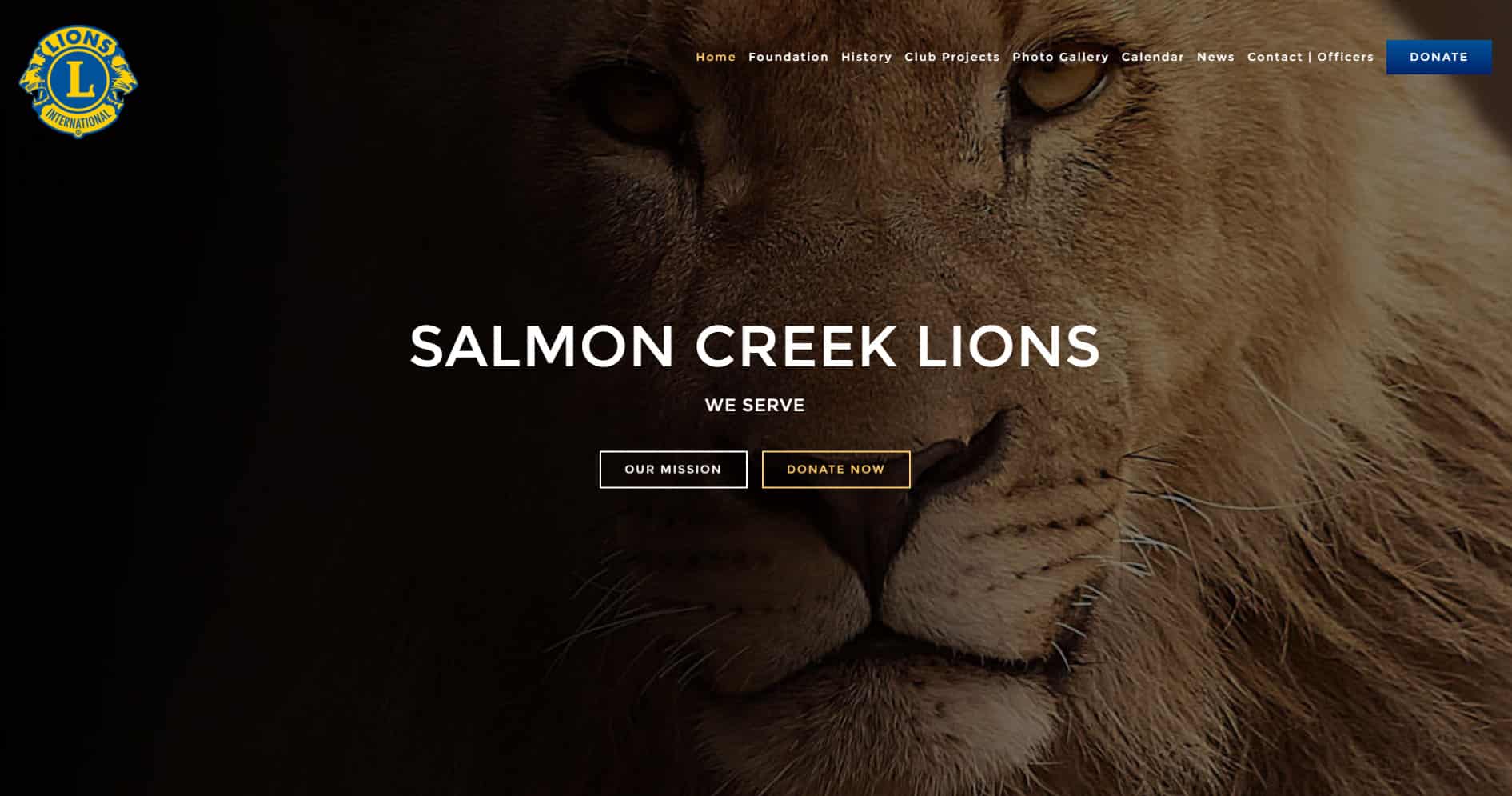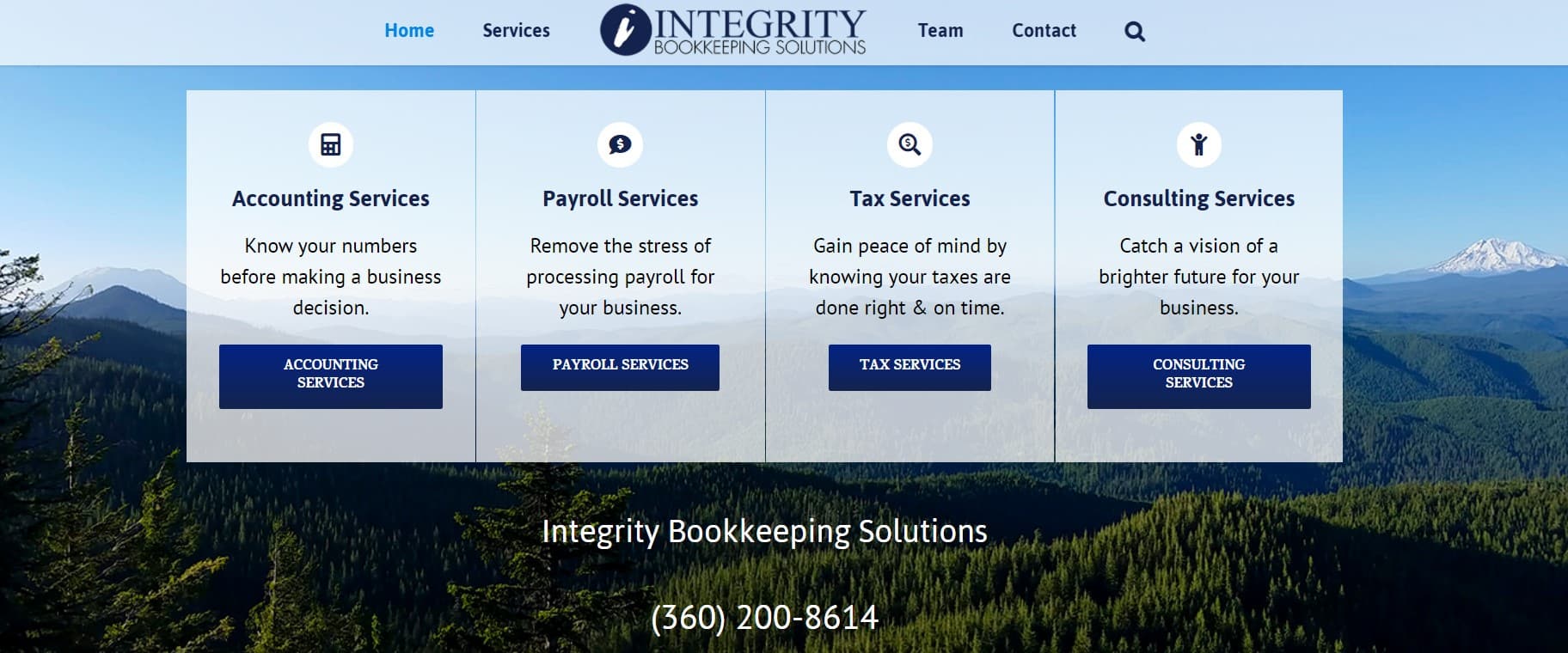The Necessity of Responsive Design in Today’s Digital Landscape
In the current digital era, responsive design is no longer optional; it’s a fundamental requirement for any successful website. Responsive design ensures that your website displays correctly on all screen sizes, providing an optimal user experience regardless of the device used.
What is Responsive Design?
Responsive design refers to designing websites that automatically adjust their layout, images, and functionalities to fit various screen sizes, from desktop monitors to tablets and smartphones. This approach ensures that users have a seamless and enjoyable experience, whether browsing on a large screen or a mobile device.
The Evolution of Mobile-Friendly Websites
In the early days of the internet, having a mobile-friendly website was a nice-to-have feature. However, the rapid proliferation of smartphones and tablets has become an expectation. Today’s consumers are more likely to browse the web on their mobile devices, and they expect websites to load quickly and function flawlessly on smaller screens.
Why Responsive Design is Crucial
- Improved User Experience: Responsive design enhances the user experience by ensuring your website is easy to navigate and read on any device. This keeps visitors engaged and reduces bounce rates.
- Higher Search Engine Rankings: Search engines like Google prioritize mobile-friendly websites in their search results. A responsive design can improve your search engine rankings, driving more organic traffic to your site.
- Increased Reach: A responsive website can help you reach a broader audience. Mobile users represent a significant portion of internet traffic, and catering to their needs can boost your site’s accessibility and visibility.
- Cost-Effective: Maintaining a single responsive website is more cost-effective than developing separate websites for desktop and mobile users. It simplifies maintenance and ensures consistent content delivery across all devices.
- Future-Proofing: As new devices with varying screen sizes and resolutions continue to emerge, a responsive design ensures your website remains functional and visually appealing, protecting your investment in the long term.
The Financial Impact of Not Having a Responsive Website
Businesses that fail to implement responsive design risk losing potential customers and revenue. Here’s why:
- Higher Bounce Rates: If your website doesn’t display correctly on mobile devices, visitors will likely leave and seek out competitors’ sites offering a better user experience.
- Lost Revenue Opportunities: Mobile users often make purchasing decisions on the go. A non-responsive website can lead to missed sales opportunities as users move on to more accessible options.
- Damaged Brand Perception: A poor mobile experience can harm your brand’s reputation. If your website isn’t mobile-friendly, consumers may perceive your business as outdated or unprofessional.
Responsive design is no longer just a nice-to-have feature; it’s an essential aspect of modern web development. Ensuring that your website provides an excellent user experience on all devices is crucial for retaining visitors, improving search engine rankings, and maximizing revenue opportunities.
Businesses that neglect responsive design risk losing potential customers to competitors with mobile-friendly websites. Don’t let an outdated webpage hinder your success. Embrace responsive design to meet the expectations of today’s mobile-savvy consumers and stay ahead in the competitive digital landscape.

























